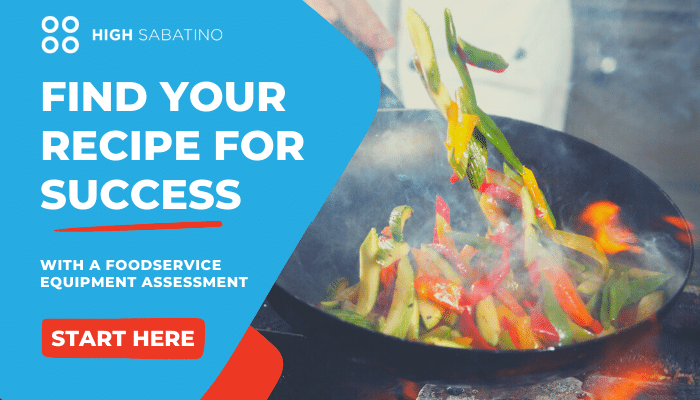When you think about steam cooking, the first thing that probably comes to mind is the health benefit. After all, one of the key components of cooking with steam is it doesn't require frying or any sort of oil. Steam cooking also allows foods to retain their vitamins and minerals, and ingredients will retain their color and appearance.
Beyond some of the obvious and most famous benefits of steam cooking, there are others, as well. It's quick and can lead to easier cleanup in busy commercial kitchens. Steamed food is easier to digest. When you steam food, it can even help it maintain its cancer fighting properties.
But where did steaming originate? How does it work? And how can it be best implemented in foodservice operations?
Let's start with the origins of steaming.
Steam cooking existed in some of the world's earliest cultures, with Stone Age examples in Japan, Bronze Age records in Italy and Sardinia, and even cooking in steam pits in Arizona about 10,000 years ago.
Steam cooking was also a popular method in ancient China, as people sued perforated bamboo baskets they would place atop boiling water. Couscous in northern Africa was often cooked in similar ways. And today, the power of steam continues, in large part due to the many health benefits as detailed above.
But how does steam work?
Steam cooking works because water is turned into a hot gas, which then carries heat to the nearby food. When we're talking about why steam works, the better question is why does it work so well?
When water is heated and vaporizes into a gas -- steam -- that gas is always looking for ways to turn back into water. Unlike dry heat that radiates slowly, steam will seek out the coolest parts of the food in order to lower its temperature and turn back into water. When hot steam seeks out the cool areas of food, it results in a more even cooking process.
What are the easiest ways to cook with steam?
Today we're lucky because there are so many ways to utilize the steaming process in commercial kitchens. From ovens that utilize moister either as full-on steamers or as part of combi cooking technology to steaming in state-of-the-art kettles, we're amazed by the quality of solutions that can help operators implement steam cooking.
High Sabatino is dedicated to finding these types of chef-driven solutions, and if you're interested in learning more about steam cooking equipment, we're here to help. Feel free to schedule some time to talk with one of our experts, and we'll walk you through steam cooking equipment to help you determine which option might be best for your specific needs.









